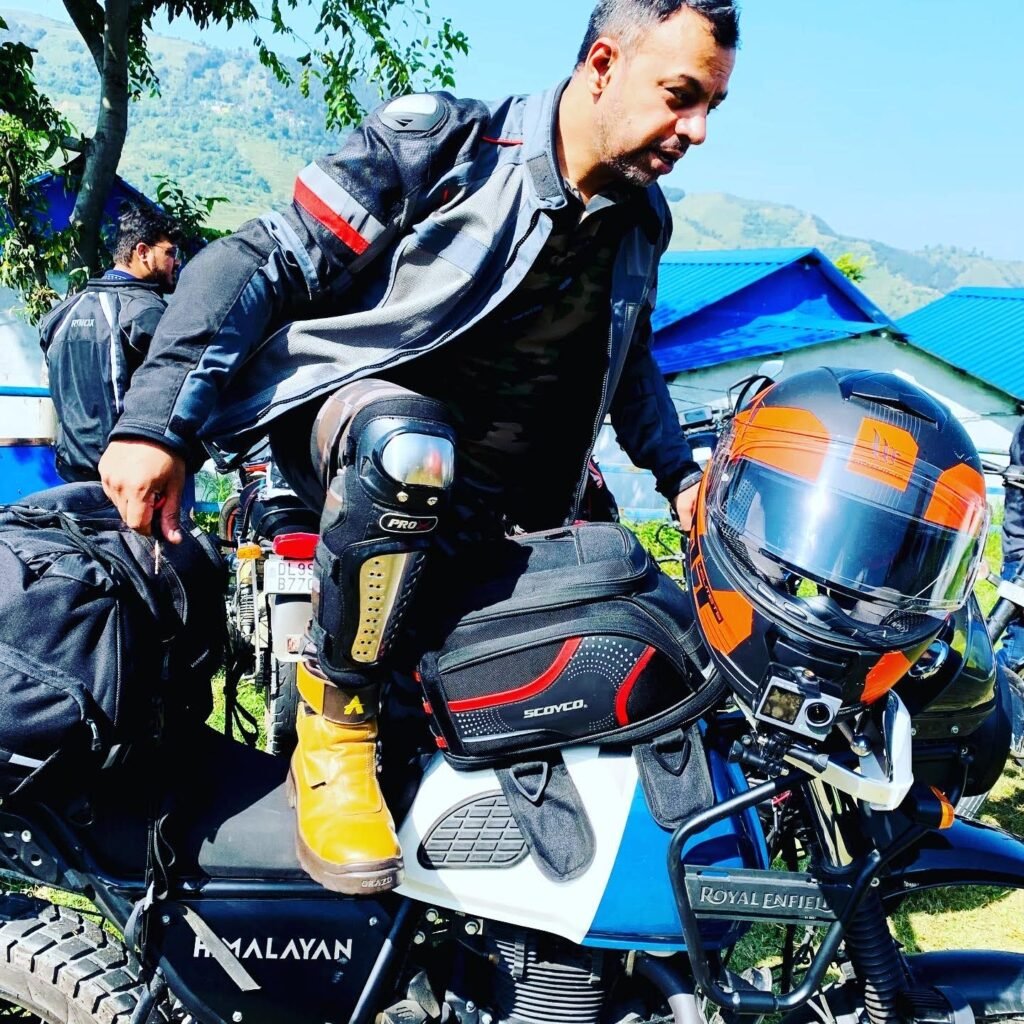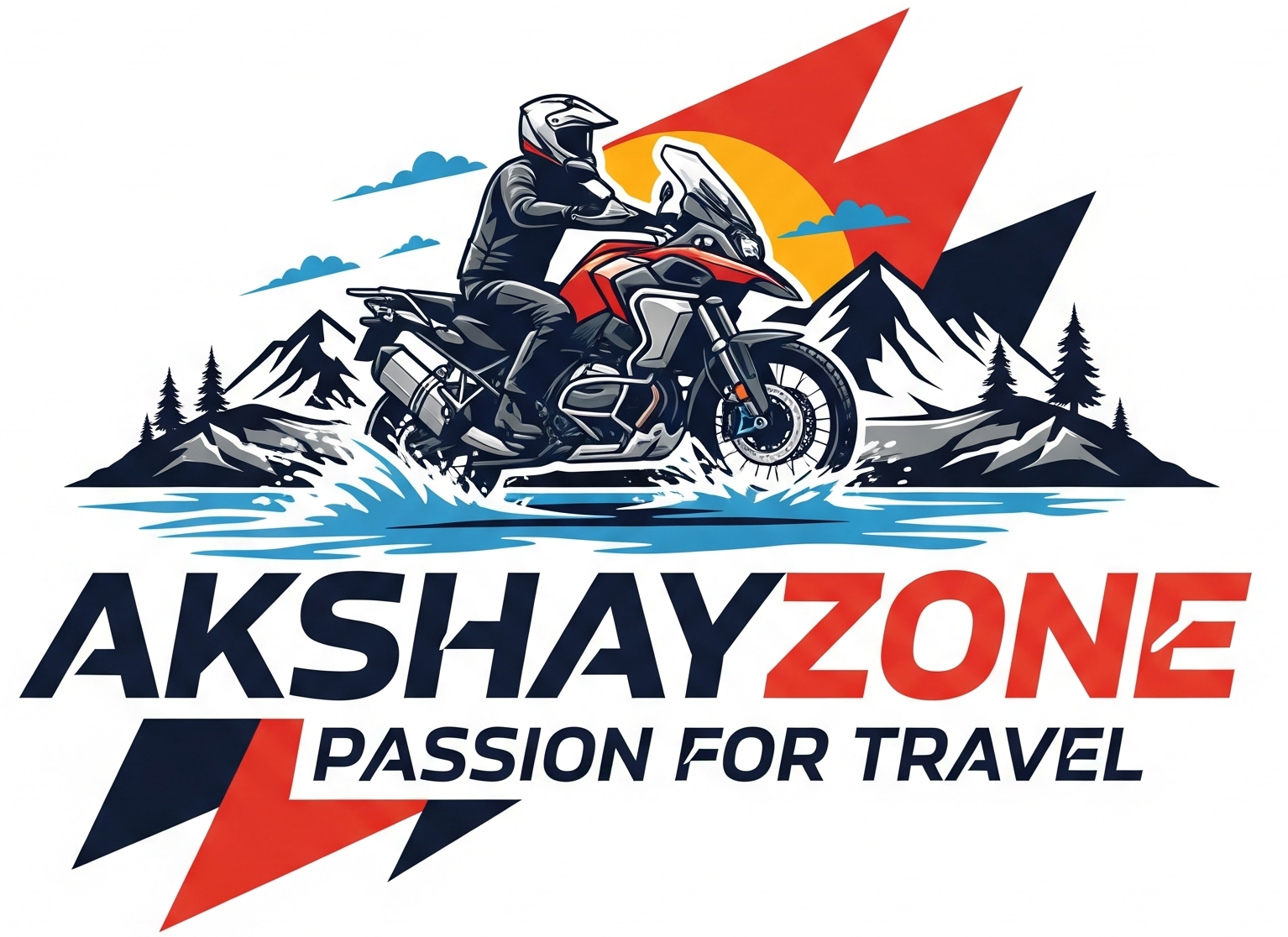
Master the machine before you master the miles.
Whether you have just got your learner’s license or you are transitioning from a scooter/car to a motorcycle, understanding the basic controls and learning proper handling techniques is the foundation of safe and enjoyable motorcycle riding.
Part 1: Essential Motorcycle Controls
1. Throttle (Right Handlebar)
- Function: Controls engine power and speed.
- How to Use: Twist gently towards you to accelerate. Always roll it off slowly to decelerate — never snap shut. Go easy on the handlebar, usually riders panic in difficult situations and over throttle, which cause most of the accidents.
2. Clutch Lever (Left Handlebar)
- Function: Disengages power from engine to wheels so you can shift gears.
- How to Use: Pull it fully while changing gears, release it slowly for smooth starts.
3. Front Brake Lever (Right Handlebar)
- Function: Controls the front brake (60–70% of braking power).
- How to Use: Apply gradually, not suddenly. Use 2-3 fingers for control.
4. Rear Brake Pedal (Right Foot)
- Function: Controls the rear brake (30–40% of stopping power).
- How to Use: Gentle pressure with foot. Avoid hard stomping.
5. Gear Shift Lever (Left Foot)
- Function: Used to change gears (1 down, 4–5 up usually).
- How to Use: Pull clutch, shift gear, release clutch gradually.
6. Kill Switch (Right Handlebar)
- Function: Quickly turns off the engine.
- How to Use: Use in emergencies or while parking. Don’t turn off while moving.
7. Ignition Key & Start Button
- Function: Turns the bike on/off and starts the engine.
- How to Use: Insert key, turn to ON, press the electric start.
8. Indicators, Horn, High/Low Beam (Left Handlebar Switches)
- Function: Used for signaling, honking, and adjusting light.
- How to Use: Always indicate your turn and dip lights for incoming traffic.
Part 2: Basic Handling Techniques
1. Mounting & Starting Off
- Always mount from the left side.
- Ensure the side stand is up.
- Start in neutral gear.
- Clutch in, gently release as you throttle to move.
2. Turning and Leaning
- Look where you want to go – your body and bike will follow.
- Initiate the lean by pushing the handlebar slightly in the opposite direction (countersteering).
- Keep arms relaxed and knees close to the tank for control.
3. Braking Properly
- Use both brakes together, especially at speed.
- Progressive braking: Gradual increase in brake pressure.
- Avoid locking wheels unless you have ABS.
- In emergencies: squeeze clutch in + apply both brakes evenly.
4. Shifting Gears Smoothly
- Learn your bike’s shift pattern (usually 1-N-2-3-4-5).
- Roll off the throttle → clutch in → shift gear → clutch out + throttle.
- Downshift before slowing down or stopping.
5. U-Turns and Low-Speed Balance
- Keep clutch partially pulled (friction zone) for control.
- Slight throttle + rear brake helps stability.
- Look over your shoulder in the turn direction.
- Don’t fixate on the ground!
6. Stopping and Parking
- Downshift to 1st or Neutral when stopping.
- Use side stand on level surface, center stand on uneven or long parkings.
- Don’t leave the handlebar turned outwards downhill.
- Always park motorcycle in ready to go position.
Pro Beginner Tips
| Tip | Why It Matters |
|---|---|
| Practice in empty lots like parks, parking spaces | Builds confidence in low-risk environment |
| Always gear up | Safety gear is non-negotiable, follow ATAG |
| Stay relaxed | Tense muscles make control harder |
| Don’t ride tired | Fatigue reduces reaction time |
| Learn clutch control | Most crucial for balance and starts |
| Practice motorcycle stalls | Important for situations when no one around |
We hope this information helped you understand the basic motorcycle techniques. For more guides related to travel and motorcycle rides. Go through our blog section and uncover further knowledge.


